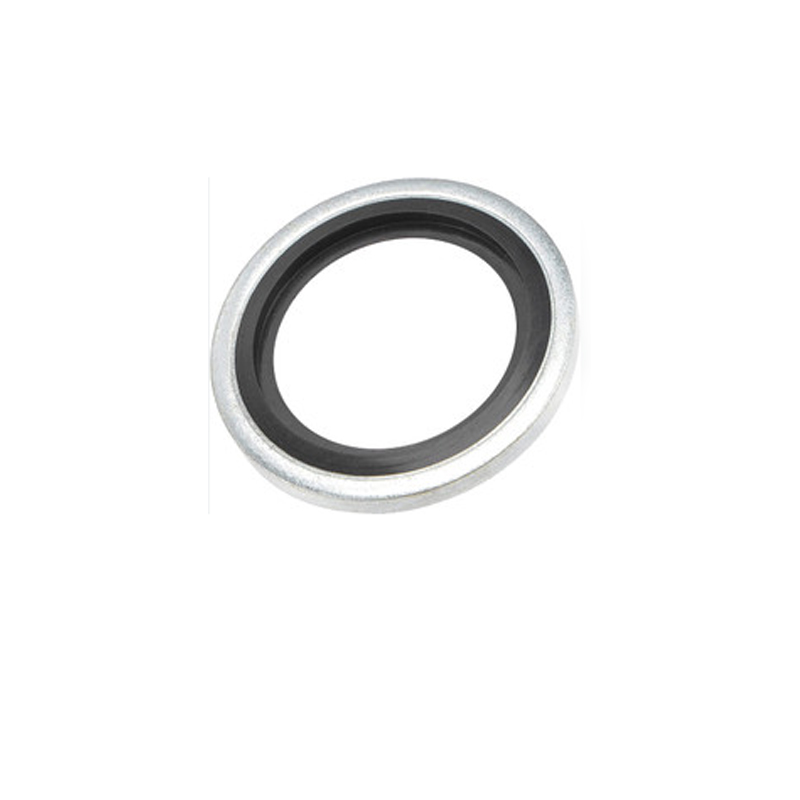flat flange gasket
Flat Flange Gaskets A Comprehensive Guide
Introduction
Flat flange gaskets are essential components in various industrial applications, primarily used to create a seal between two flat surfaces, usually between flanged equipment or piping systems. Their importance cannot be overstated, as they prevent leaks and ensure that systems operate efficiently under varying pressure and temperature conditions. This article aims to explore the characteristics, materials, applications, benefits, and considerations of flat flange gaskets in detail.
Characteristics of Flat Flange Gaskets
Flat flange gaskets are simple in design, typically made from a flat piece of material that fills the space between two flanges. They provide a static seal that compresses under pressure, forming a tight barrier to prevent the escape of fluids or gases. Since the design is straightforward, these gaskets can be produced in various sizes and thicknesses to fit numerous applications. The effectiveness of a flat flange gasket largely depends on the material used, the precision of the flanges, and the installation method.
Materials Used in Flat Flange Gaskets
The choice of material for flat flange gaskets is crucial, as it determines the gasket's ability to withstand chemical exposure, temperature fluctuations, and pressure variations. Common materials include
1. Rubber Provides excellent compressibility and flexibility, making it suitable for low-pressure applications. 2. Metal Often used in high-temperature and high-pressure environments. Metal gaskets can be composed of stainless steel, copper, or other alloys, depending on the specific requirements. 3. Composite Materials These may combine several materials to provide enhanced sealing properties, particularly in demanding applications. 4. PTFE (Polytetrafluoroethylene) Known for its chemical resistance, PTFE gaskets are ideal for corrosive environments, such as chemical processing plants.
Applications of Flat Flange Gaskets
Flat flange gaskets are prevalent in various industries, including
flat flange gasket

- Oil and Gas Used in pipelines, drilling equipment, and refineries, where the integrity of seals is vital. - Chemical Manufacturing Essential in maintaining the safety and efficiency of equipment handling volatile substances. - Water and Wastewater Treatment Gaskets ensure that seals are secure within tanks, pipes, and treatment facilities. - Food and Beverage Utilizing gaskets made from FDA-approved materials to ensure product safety and quality.
Benefits of Flat Flange Gaskets
Flat flange gaskets offer several advantages that contribute to their widespread use
1. Simplicity Their straightforward design makes them easy to install and replace. 2. Cost-Effectiveness Generally, flat gaskets are less expensive than other gasket types, which can help reduce the overall costs of maintenance and operation in industrial systems. 3. Versatility Available in various materials and sizes, flat flange gaskets can be used in a multitude of applications across different industries. 4. Reliability When properly installed, these gaskets can provide a reliable seal that holds up under the stress of dynamic operational conditions.
Considerations for Installation
While flat flange gaskets offer numerous benefits, proper installation is critical to ensure their effectiveness. Key considerations include
- Surface Preparation Flange surfaces should be clean, smooth, and free of any debris or defects to ensure a proper seal. - Correct Torque Fasteners must be torqued to the manufacturer’s recommendations to prevent gasket failure due to over-compression or under-compression. - Compatibility Ensure that the gasket material is compatible with the specific fluid or gas being sealed to prevent degradation over time.
Conclusion
Flat flange gaskets are indispensable in maintaining the integrity and efficiency of various industrial systems. Their simple yet effective design, coupled with a wide range of material options, makes them suitable for numerous applications. Understanding how to select, install, and maintain flat flange gaskets is crucial for optimizing performance and preventing costly leaks or failures. Through careful consideration and proper practices, industries can maximize the benefits of these essential sealing components.
-
Understanding the Front Main Engine Seal: Purpose, Maintenance, and Installation
News Jul.29,2025
-
Understanding O-Rings and Seal Rings: Types, Applications, and Custom Solutions
News Jul.29,2025
-
Understanding Crankshaft Oil Seals: Rear Seals, Pulley Seals, and Their Role in Engine Integrity
News Jul.29,2025
-
The Importance of Front and Rear Crankshaft Seals in Engine Performance and Oil Management
News Jul.29,2025
-
Crank Oil Seals: Functions, Types, and Cost Considerations in Engine Maintenance
News Jul.29,2025
-
A Comprehensive Guide to O-Rings and Seals: Types, Materials, and Global Applications
News Jul.29,2025
-
Mastering Diesel and Performance Engine Maintenance: A Guide to Critical Oil Gaskets
News Jul.28,2025
Products categories















